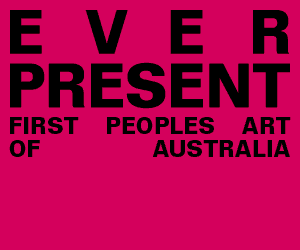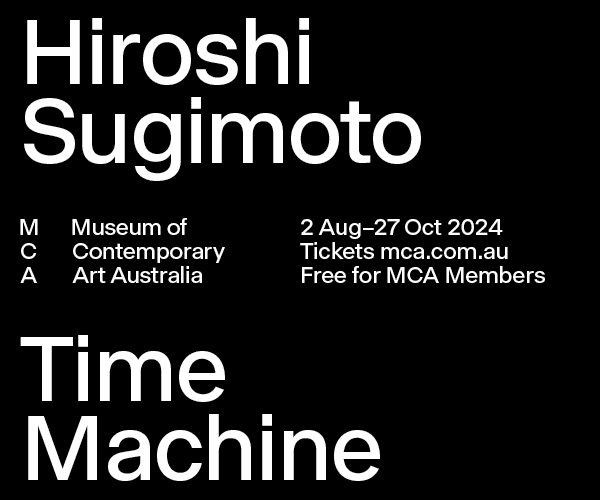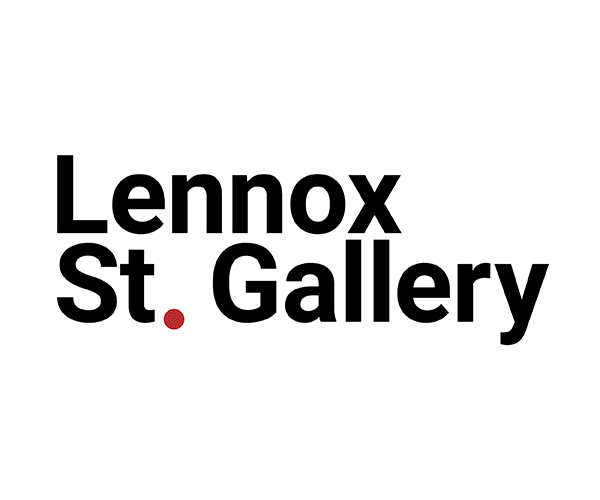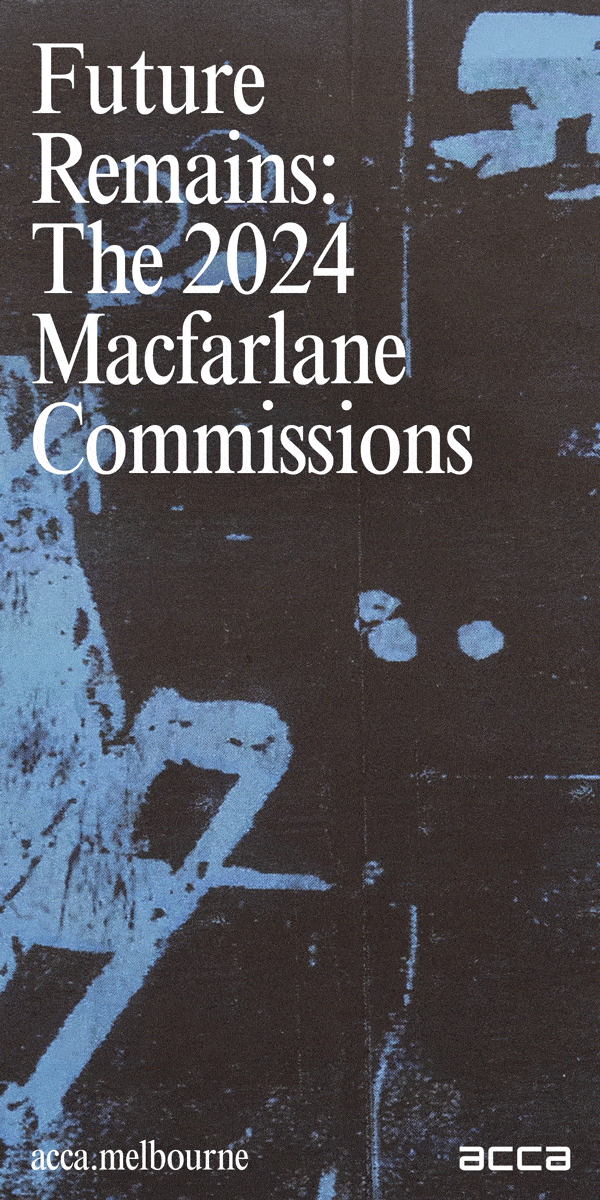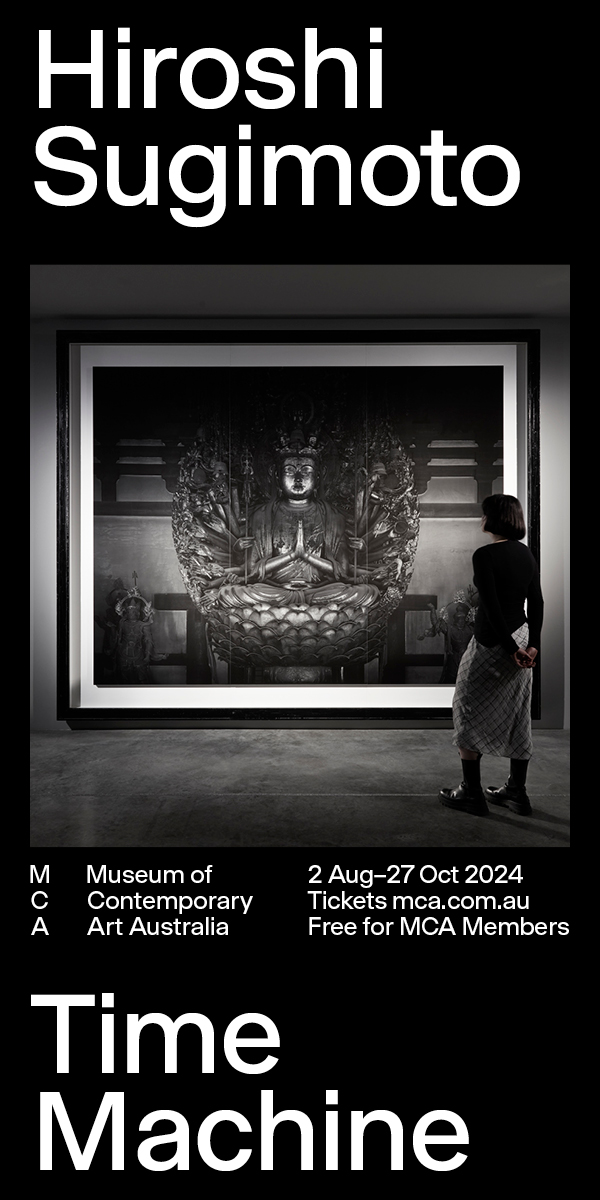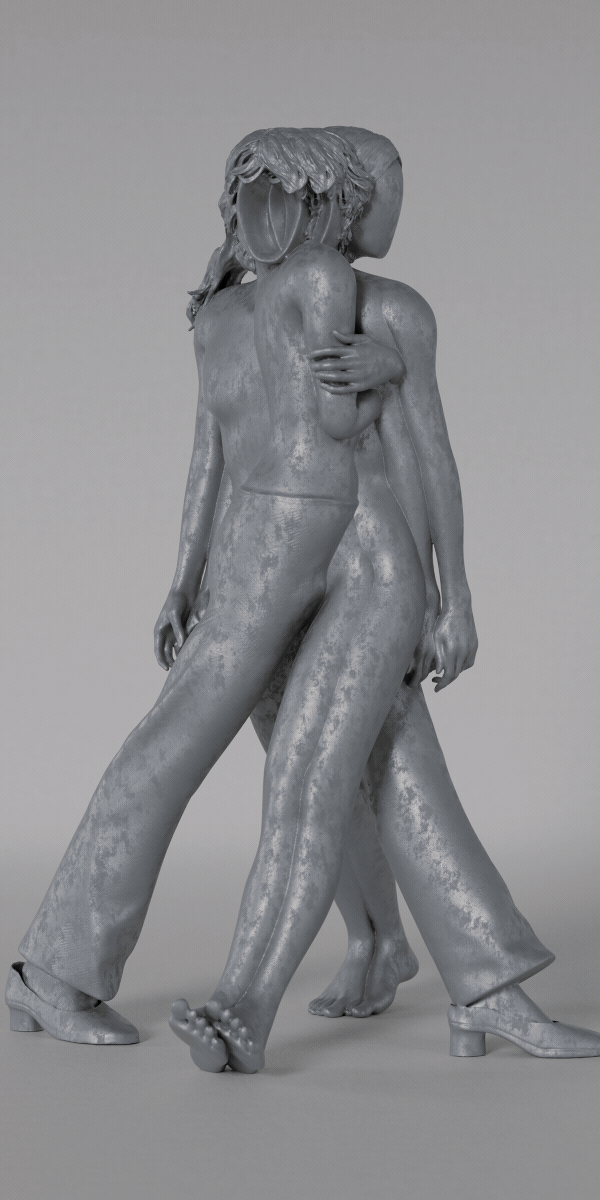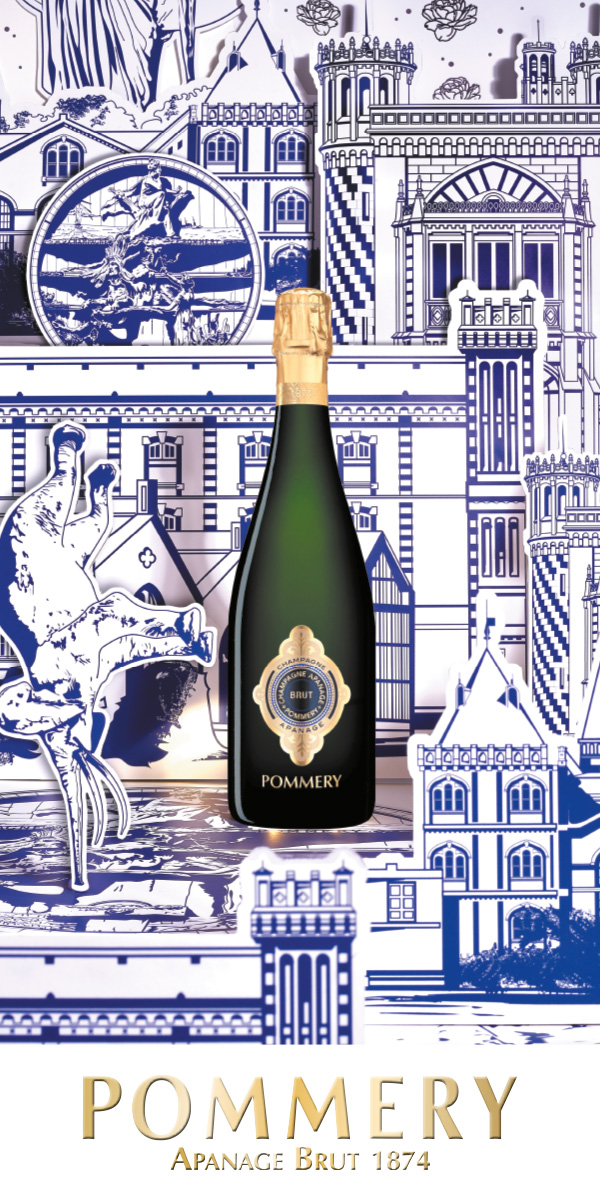Q&A with
Fiona Sweet
How did one of the leading international photographic surveys emerge from a small Australian town? VAULT talks to Fiona Sweet, Artistic Director of the Ballarat International Foto Biennale, about the significance of this biannual show

Image credit: Fiona Sweet portrait
Photo: Chippy Rivera
How did the Biennale start,
and why Ballarat?
The Ballarat International Foto Biennale was the vision of founding director
Jeff Moorfoot (Director, 2005–15). Originally Daylesford Foto Biennale (2005–07), the Biennale moved to Ballarat due to its increasing popularity and the need for more venues to accommodate the expanded program. In 2016 I was appointed to the role of Artistic Director; my first festival in 2017 attracted 26,800 visitors in 30 days and in 2019 we are anticipating 30,000 over an extended 60 days. BIFB boasted a 400% social media increase, 60% of audiences attended for the first time, and 88% of all audiences recorded feeling inspired by the event.
This year Fiona Foley is a feature artist, but is there an overarching theme for
the 2019 Biennale?
The premise for the 2019 Ballarat International Foto Biennale is ‘Hello World’. At the outset, with its polite gesture – hello – this salutation acknowledges some of the major challenges facing a globalising world and its population. Specifically, this rather personifying greeting evokes investigations into human behaviour and human intervention in areas of ecology, rights, race, capital and conflict. At the same time, ‘Hello World’ references the universally considered syntax of computer programming, recognising the omnipresence of the digital era and its rapid reinvention and reinterpretation of photography and the way it is consumed.
In 2019 the Ballarat International Foto Biennale turns its attention towards photographers representing the world in unconventional ways and in unpredictable circumstances. The state of photography is changing. Its language and ability to communicate is altering, and its viewership and the way we interpret imagery is under constant negotiation. In an era of continuous and rapid redefinition, how do photographers deliver messages made for viewers of the 21st century?
Australia has a rich cohort of amazing photographic artists. How have you seen photographic practice evolve and change since you started with the Biennale in 2016? And how has the collector market for photography evolved in Australia?
Photography has successfully broken the old-guard hierarchy of art, which had painting firmly on top. Photography is now being exhibited regularly in major institutions in landmark exhibitions to global acclaim and attention.
With each new important biennale and triennial around the world, more and more photography is being included and sold. Greater numbers of interdisciplinary artists are now embracing the medium and using it as an integral component to their arts practices.
Where I think a major shift has come in recent years has been in the uptake of photographers embracing newer technologies and their desire for continuous experimentation. Alongside this has been the inclusion of the moving image into the realm previously destined for 2D photographs. The language surrounding
this integration has also shifted, enabling both artforms to be brought under the
one umbrella of ‘lens-based practice’.
Of course, this is an international Biennale. How do you attract international artists?
Artists are drawn to our Biennale due to its strong national and international reputation, and our ability to introduce their work to vast numbers of new Australian audiences, collectors and industry. We have important networks within the Australian arts sector and spend significant time facilitating networking opportunities for our visiting artists.
BIFB is also a destination event in regional Victoria that creates an exciting atmosphere surrounding the photography at its core. This includes a film and performance program, professional development opportunities and public lectures, and incredible local bars, cafés and restaurants.
The Biennale has a strong focus on – and an excellent reputation for – supporting artists. Can you tell VAULT how you do this and why?
We do this because it is absolutely fundamental to growing the Australian photographic arts sector both in Australia and abroad. My team and I work extremely hard to access resources to ensure our invited artists are fully supported both from a curatorial and financial perspective. This is key to the Biennale’s mission and is at the forefront of our organisation’s development.
I was fortunate in 2018 to receive
an Ian Potter Foundation International Learning and Development grant. This allowed me to further my research in international festival best practice. I spent eight weeks moving between important international photography festivals in Europe, speaking with various artistic directors and artists to better understand the artist–festival relationship. I learned a lot from this time, and have been able to implement this new knowledge into the 2019 Biennale. This will continue to strengthen our reputation while providing even greater avenues to support artists.
This has led to the Biennale to launch In Focus Curator Forum, which has been generously supported by the Ian Potter Foundation from 2019 to 2021. This professional development program offers three unique opportunities for Australian and international emerging curators, mid-career curators and photographic artists, to interrogate their curatorial and artistic practice through a series of workshops, explorations, discussions and cultural exchanges. Through the Ian Potter Foundation, the forum has been made completely free, with all expenses covered. This is a major opportunity to grow the Australian photographic arts internationally and remove the financial burden which can often exclude many artists from accessing important networking events like this.
In Focus Curator Forum will be led by: Artistic Director of Fotografie Forum Frankfurt, Germany, Celina Lunsford; Artistic Director of East Wing Peggy, Dubai/Qatar Peggy, Sue Amison; Curator of Modern and Contemporary M?ori and Indigenous art at Te Papa the Museum of New Zealand, Megan Tamati-Quennell; independent curator and lecturer in photography at NYU, Florence Alessandra Capodacqua; independent curator Djon Mundine OAM, and Director of the Singapore International Photography Festival, Gwen Lee.
What are the highlights for 2019?
Any special surprises you can reveal?
Firstly, the Biennale will lead with two important survey exhibitions: one by Chinese artist Liu Bolin entitled Camouflage, and the other by Australian artist Dr Fiona Foley entitled Who are these strangers and where are they going? Both of these exhibitions reflect on important photographic works spanning the careers of each artist, presenting them in highly interactive ways.
We are also presenting a fabulous take on the 100th anniversary of Bauhaus. This show will showcase new works by three well-known Australian artists – Zoë Croggon, Consuelo Cavaniglia and David Rosetzky – in ways audiences may not expect. Also in this show are two incredible works by acclaimed German Thomas Ruff, alongside artists Lilly Lulay and Roseanne Lynch, who are quickly emerging in the international photography realm. And finally, all our exhibitions are Australian firsts. And if the artist has shown in Australia before, of which there are only a few, they are new commissions or completely reconceptualised. I’m extremely proud of what will be on offer during the Ballarat International Foto Biennale.
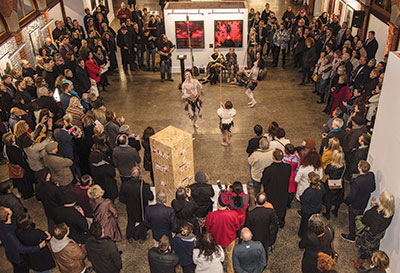
Image credit: Opening of TELL, 2017 an exhibition of contemporary Indigenous photography curated by Jessica Clark
Ballarat International Foto Biennale runs from August 23
to October 20, 2019 in Ballarat, Victoria.
ballaratfoto.org
@ballaratfoto
... Subscribe





